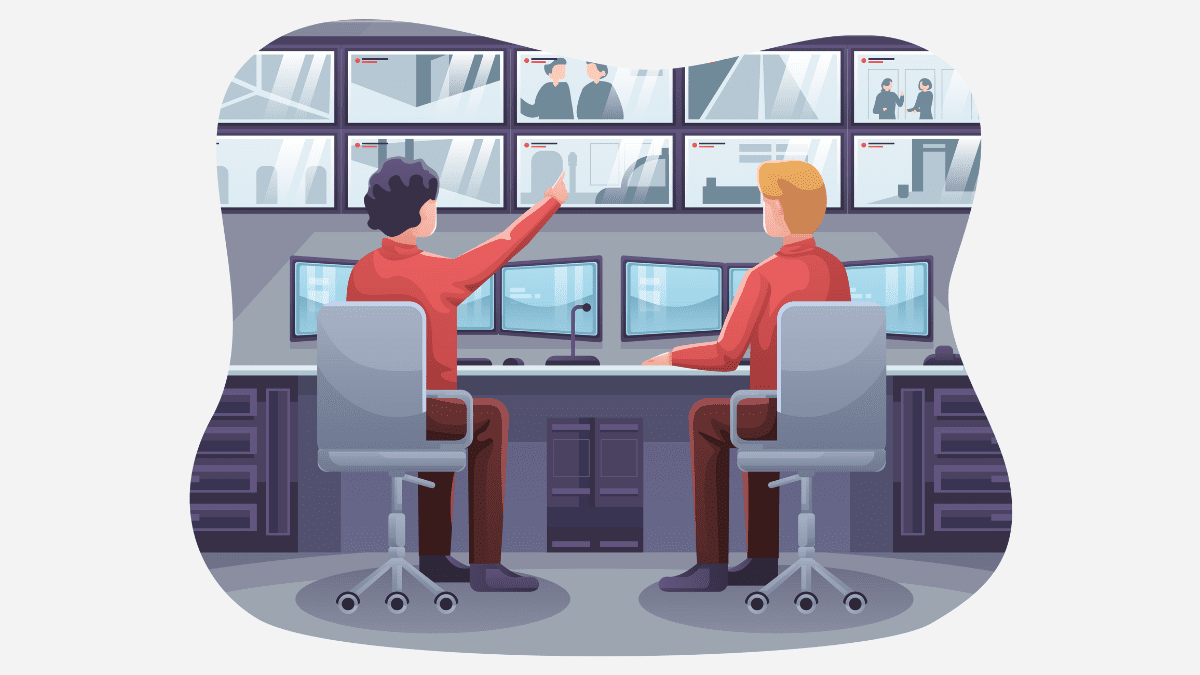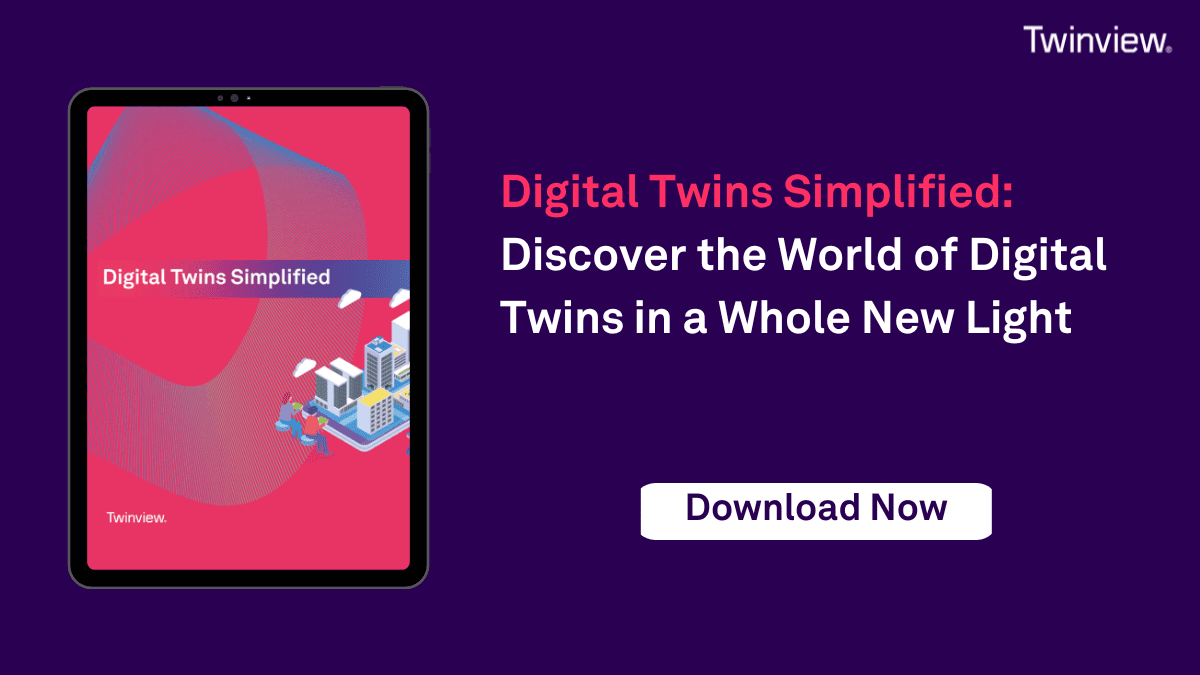20 Mar 2024 | Industry Insights
Harnessing IoT Sensors & Digital Twins for Non-Intrusive Indoor Movement Monitoring

Harnessing IoT Sensors & Digital Twins for Non-Intrusive Indoor Movement Monitoring
In the rapidly evolving landscape of smart technology, the fusion of IoT sensors and digital twins has unlocked possibilities, revolutionizing how we monitor and manage indoor environments. One particularly intriguing application of this synergy is in non-intrusive indoor movement monitoring. By harnessing the power of IoT sensors and digital twins, organisations can gain insights into occupancy patterns, optimise space utilisation, and enhance building operations without intrusive devices like cameras or CCTV. Let's delve deeper into this innovative approach and explore how it's reshaping the landscape of indoor environment management.
Understanding Non-Intrusive Indoor Movement Monitoring
Traditional methods of monitoring indoor movement often rely on cameras or CCTV systems. While effective, these solutions raise concerns about privacy and data security. Additionally, they may be unsuitable for certain environments where privacy is paramount or visual surveillance is not feasible or culturally accepted.
Non-intrusive indoor movement monitoring using IoT sensors offers a viable alternative. By strategically placing sensors throughout indoor spaces, such as offices, retail stores, hospitals, or educational institutions, valuable data on people's movement patterns can be gathered without compromising privacy.
By integrating real-time data from these IoT sensors, digital twins can provide a dynamic and interactive representation of indoor spaces, enabling stakeholders to visualise, analyse, and optimise building operations in real-time.
Examples of Non-Intrusive Indoor Movement Monitoring Systems
- Motion Sensors: Motion sensors, such as passive infrared (PIR) or microwave sensors, detect movement within their vicinity. They can be discreetly installed in various locations, such as ceilings, walls, or doorways, to cover a wide area without being obtrusive.
- Bluetooth Low Energy (BLE) Beacons: BLE beacons emit signals that can be picked up by smartphones or other devices equipped with Bluetooth capabilities. By strategically placing these beacons throughout a space, it's possible to track the movement of individuals carrying Bluetooth-enabled devices, such as smartphones or wearable gadgets.
- Wi-Fi Positioning Systems (WPS): Wi-Fi positioning systems utilise the existing Wi-Fi infrastructure to determine the approximate location of devices within a space. By analysing signal strength and triangulating data from multiple access points, WPS can provide insights into people's movements without requiring additional hardware.
- Ultrasonic Sensors: Ultrasonic sensors emit high-frequency sound waves and detect their reflections off nearby objects, including people. These sensors can measure the distance between the sensor and the object, providing information about the movement of individuals within a defined area.
- CO2 Sensors: CO2 sensors are typically used to monitor indoor air quality by measuring carbon dioxide levels. However, due to the correlation between CO2 concentration and human presence, they can also serve as effective occupancy detection tools. When people occupy a space, they exhale CO2, leading to an increase in CO2 levels. By strategically placing CO2 sensors throughout indoor environments, organisations can monitor fluctuations in CO2 concentration to determine occupancy levels in different areas.
- Heat Sensors: Heat sensors, such as infrared (IR) or thermal sensors, detect infrared radiation emitted by objects, including human bodies. Based on changes in temperature, heat sensors can detect the presence of individuals within their field of view. When someone enters a monitored area, their body heat creates a detectable signature that triggers the sensor.
Applications of Non-Intrusive Indoor Movement Monitoring
- Retail Analytics: Retailers can monitor non-intrusive indoor movement to analyse store traffic patterns. By understanding how shoppers navigate the space, retailers can optimise product placement, enhance store layout, and improve the overall shopping experience.
- Workplace Optimisation: In office environments, non-intrusive movement monitoring can help optimise workspace utilisation and improve employee productivity. Organisations can identify underutilised areas by analysing movement patterns and occupancy rates, streamlining facility management, and implementing flexible working arrangements.
- Healthcare Management: Hospitals and healthcare facilities can benefit from nonintrusive movement monitoring to improve patient care and staff efficiency. By tracking the movement of patients, doctors, and medical staff, healthcare providers can optimise workflows, reduce wait times, and enhance overall operational efficiency.
- Security and Safety: Non-intrusive movement monitoring can also enhance security and safety measures within indoor spaces. By detecting unauthorised movement or identifying potential hazards in real-time, organisations can mitigate risks, respond proactively to emergencies, and ensure the well-being of occupants.
Shaping the Future of Indoor Environment Management
Non-intrusive indoor movement monitoring using IoT sensors and digital twins offers a versatile and privacy-friendly solution for gathering valuable insights into human behaviour within indoor spaces. By leveraging motion sensors, BLE beacons, Wi-Fi positioning systems, and ultrasonic sensors, organisations across various industries can optimise operations, enhance customer experiences, and improve overall efficiency without compromising privacy or security. As technology continues to advance, the potential applications of non-intrusive movement monitoring are boundless, promising a future where smart environments seamlessly adapt to the needs of their occupants.

eBooks
Digital Twins Simplified
Discover the world of digital twins in a whole new light with our eBook, Digital Twins Simplified! Specifically tailored for construction enthusiasts and professionals, this comprehensive guide demystifies the concept of digital twins, breaking it down into easily digestible insights. Uncover the transformative potential of this cutting-edge technology as you explore real-world applications, benefits, and strategies to revolutionize your construction projects.
Read more

eBooks
How to Create a Digital Twin Strategy
In the era of digital transformation, businesses across various industries are leveraging innovative technologies to enhance their operations and drive growth. One such groundbreaking technology is Digital Twinning. However, to truly harness its potential, a well-thought-out digital twin strategy is vital. This is where our latest PDF - "How to Create a Digital Twin Strategy", part of the Demystifying Digital Twins series, comes into play. This detailed guide is designed to provide you with a clear roadmap to establish a successful digital twin strategy that can significantly impact your business outcomes.
Read more
Book your one-on-one appointment with one of our specialists.
info@twinview.com
+44 (0)844 800 6660
London
24 Greville Street
Farringdon
London
EC1n 8SS
Newcastle
Spaceworks
Benton Park Road
Newcastle upon Tyne
NE7 7LX

